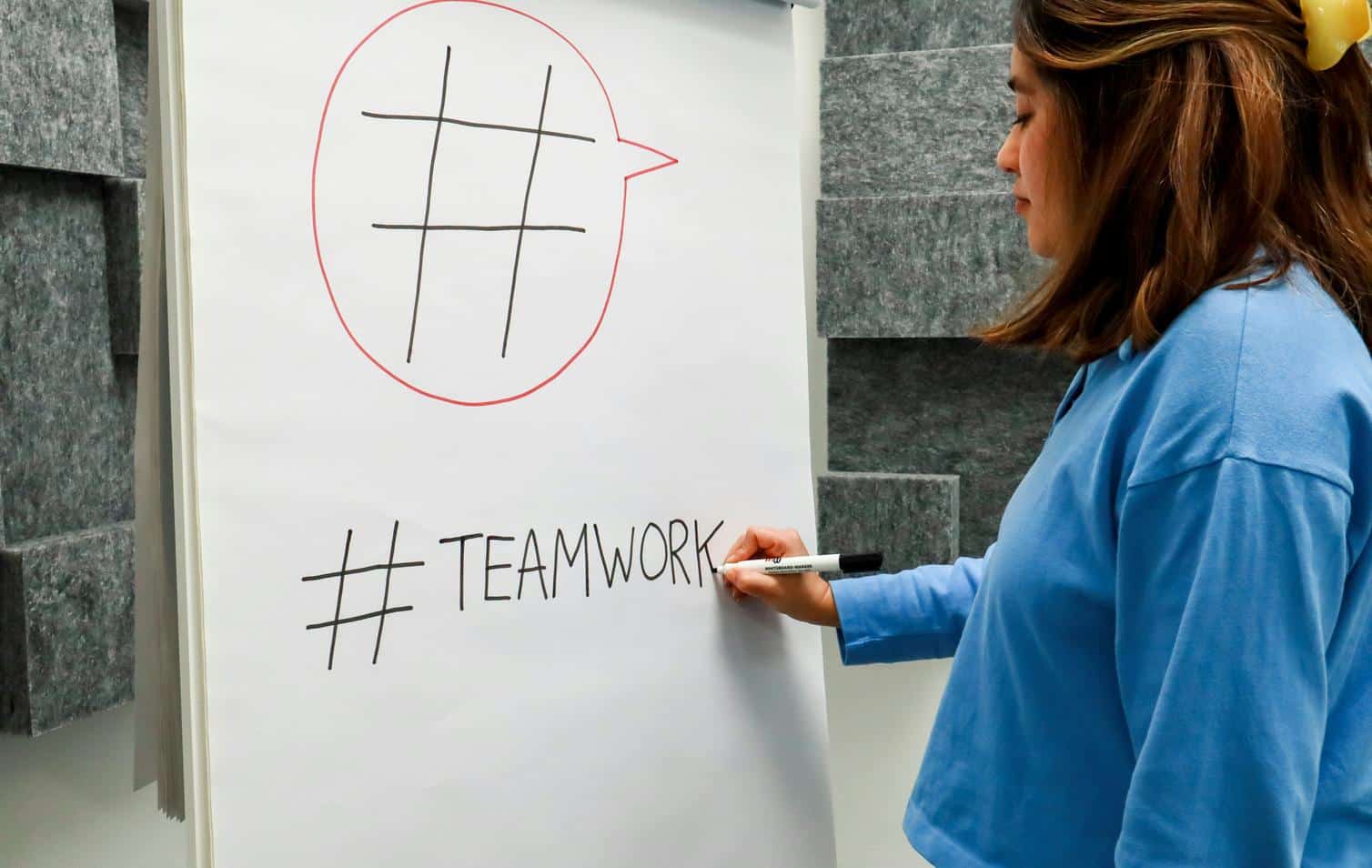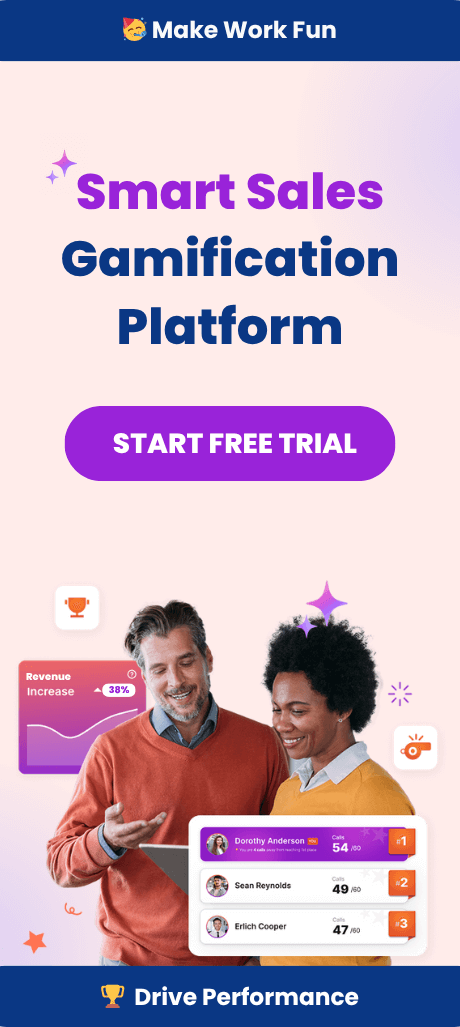How Digital Leaderboards Elevate Teams
Within modern organizations, where cross-functional collaboration, real-time insights, and employee engagement determine success, digital leaderboards have emerged as a practical, unifying strategy. Executive leaders—Sales VPs, Enablement Leads, RevOps Directors, and CEOs—navigate a new set of cultural and operational pressures in 2025: hybrid work, distributed teams, and a workforce hungry for recognition and accountability. In this environment, digital leaderboards do not just rank performance, they cultivate a visible culture of progress, motivate through gamification, and align daily actions with strategic goals.
The Strategic Rationale Behind Digital Leaderboards
For decades, sales and performance tracking revolved around static reports, weekly rankings, and one-to-one meetings. Today’s business velocity calls for more agility—where information is transparent, up-to-the-minute, and easy to understand for individuals and entire teams. This is why digital leaderboards have become a staple in forward-thinking organizations: they transform raw data into a dynamic, visual narrative that energizes performance and fosters healthy competition. As research from recent performance management trends shows, real-time feedback and visible achievement significantly improve motivation and engagement. The right leaderboard can create an open feedback loop that connects organizational vision to everyday execution.
Visible Progress and Its Impact on Engagement
People crave visible progress. When leaderboard rankings are constantly updated—whether closing deals, achieving KPIs, or mastering training modules—each team member can see their contribution in the larger context. This ongoing visibility addresses a fundamental human motivator: the need to know where one stands. It surfaces high performers, encourages steady improvers, and creates a subtle pressure for everyone to participate. This is not about public shaming or cutthroat rivalry. On the contrary, thoughtfully-designed digital leaderboards highlight incremental wins. They drive what behavioral economists describe as the ‘goal gradient’—the more progress is tracked and celebrated, the more likely employees are to accelerate their efforts.
Employee Engagement Through Gamification
Gamification applies proven elements of game design—points, badges, progress bars, and friendly competition—to non-game environments like sales, service, and support. When digital leaderboards leverage these techniques, they do not just inform; they inspire action. Each win can trigger a burst of recognition. Badges can be awarded for teamwork, consistency, or personal bests. Teams can rally around company-wide contests or department-specific challenges, seeing their progress versus others in real-time. Companies using gamification for employee engagement have observed increased motivation as well as stronger collaboration, especially when achievements are aligned with shared business outcomes.
Benefits of Leaderboard-Driven Gamification
- Increased transparency: Everyone knows the score, every day.
- Healthy competition: Encourages personal bests and team-based rivalry without toxicity.
- Frequent micro-recognition: Even small victories matter, driving ongoing motivation.
From Metrics to Momentum: Aligning with Strategic Goals
Executives are charged not only with hitting goals, but also ensuring teams understand those goals and how to reach them. Digital leaderboards are uniquely positioned to make KPI sales performance tangible on the frontlines. Visibility into individual, team, and organizational metrics bridges the gap between strategic intent and employee execution. A well-designed leaderboard dashboard can display which objectives are trending up, who is on track, and where the roadblocks lie. This allows leaders to course-correct in real time. Teams can celebrate milestones collectively and work together to overcome challenges. In doing so, digital leaderboards shift the culture from disconnected effort to unified, goal-driven momentum.
Designing Leaderboards That Inspire
Not all leaderboards are created equal. For a leaderboard to truly drive engagement, its design must align with organizational values and desired behaviors. Overly simplistic ranking—winning/losing, top/bottom—can breed discouragement or even sabotage. The best leaderboards are customizable, blending individual and group milestones, surfacing diverse achievements, and offering more ways to win than simply ‘being first.’ Companies that succeed at this leverage customizable leaderboard technologies to set multiple targets, rotate focus areas, and celebrate not just outcomes but also great habits and positive behaviors.
Leaderboard Design Essentials
- Multi-metric tracking: Reward both hard results (sales, revenue) and soft contributions (collaboration, training completion).
- Customizable views: Tailor dashboards for roles, regions, and teams, providing contextual relevance.
- Inclusive recognition: Showcase not only the top but also the most improved or consistent performers.
Digital Leaderboards in the Hybrid Workplace
The shift to hybrid and remote work makes it harder for leaders to reinforce culture and keep teams engaged. Digital tools have filled the gap, but not all are equally effective at driving alignment and accountability. Digital leaderboards uniquely address the core challenge—providing real-time visibility and connection, wherever employees work. Remote and on-site staff can rally behind common goals and see unified progress, mitigating the ‘out of sight, out of mind’ effect that plagues distributed teams. Studies indicate that digital leaderboards, when paired with meaningful recognition and regular communication, boost employee engagement scores and help maintain a strong sense of belonging even outside the physical office.
Integrating Digital Leaderboards Within Existing Systems
For many enterprise leaders, introducing new technology raises concerns about disruption and adoption. Best-in-class digital leaderboard platforms bridge this gap through seamless integration. By syncing with CRM systems, employee engagement platforms, or sales tracking software, data flows automatically. This minimizes administrative overhead and ensures that leaderboards are always accurate, relevant, and easy to update. Moreover, having a single source of truth for performance data enables more data-driven decision-making. The result is a unified, transparent, and trusted system that brings clarity to complex operations. For those considering new solutions, platforms like Spinify offer both flexibility and robust integration options. Interested leaders can book a demo or start a trial to see seamless integration in action.
Challenges and Pitfalls: What to Avoid
While digital leaderboards present many benefits, implementation must be deliberate to avoid common pitfalls. Overemphasizing a single metric, relying on public shaming, or ignoring less tangible accomplishments can erode trust and morale. Leaderboards that fail to adapt to changing business needs or employee insights become stale quickly. The solution is ongoing calibration. Solicit regular feedback from users. Rotate recognition areas to highlight different initiative types. Combine quantitative KPIs with qualitative milestones, ensuring every team member has a path to visibility and success. For guidance on successful approaches, review lessons from leaderboards done right and evolving best practices.
Case Study: Digital Leaderboards in Sales Teams
Consider a multinational sales organization that implemented digital leaderboards integrated with their CRM and incentive programs. By making real-time sales metrics visible to all reps and managers, leadership observed a measurable lift in both engagement and performance. Mid-tier performers, who historically felt overshadowed, were able to track incremental improvements and receive recognition for personal bests and consistency. A collaborative atmosphere replaced zero-sum competition, with top performers mentoring their peers. Morale rose as win notifications and recognition badges fostered an environment of shared achievement. These observations align with the findings of research into high-performance teams using digital leaderboards.
Positive Outcomes from Digital Leaderboard Adoption
- Increase in mid-tier performance: More reps met or exceeded targets due to increased visibility and encouragement.
- Better coaching opportunities: Managers could pinpoint struggles early, offering bespoke coaching plans.
- Enhanced team cohesion: Friendly competition and shared goals built solidarity across regions.
Culture Building Through Transparent Performance
A company’s culture is defined not only by stated values but also by what is measured and celebrated. Digital leaderboards make performance cultural. When achievement, progress, and effort are visible to all, there is less room for ambiguity or favoritism. Transparency builds trust, which in turn strengthens organizational culture. Over time, employees internalize the value of consistent performance, peer recognition, and transparent results. These dynamics are especially powerful in high-growth environments or organizations undergoing change. As highlighted in recent analysis, companies adopting transparent, leaderboard-driven recognition are more adaptable, resilient, and attractive to top talent.
Executive Takeaways for Leaderboard Strategy
For executives pursuing digital transformation, digital leaderboards are no longer a ‘nice-to-have.’ They are a strategic lever for fostering engagement, tracking strategic KPIs, and shaping culture. To unlock the value of leaderboards, key takeaways include:
- Prioritize integration to embed leaderboards within systems employees already use.
- Design with inclusivity by recognizing a range of achievements and contributions.
- Emphasize real-time feedback to keep engagement high and coaching timely.
- Promote team-based visibility to build collaboration and shared ownership.
- Align leaderboard metrics closely with strategic goals and cultural values.
The Future of Digital Leaderboards
Innovation in leaderboards continues to accelerate. AI gamification, predictive analytics, and deeper personalization expand what is possible. Future-ready organizations will experiment with multi-layered leaderboards, adaptive challenges, and evolving recognition schemes tailored to changing business objectives and workforce dynamics. Those that make data visible, actionable, and meaningful will see the highest returns in engagement, satisfaction, and results.
For organizations at the crossroads of culture, technology, and performance, digital leaderboards are proving to be the connective tissue between goals and achievement, individual autonomy and team unity, transparency and trust. Now is the time for executive leadership to embrace digital leaderboards as a cornerstone of modern engagement strategy—ensuring every win is visible, every effort counts, and every team member knows exactly how they contribute to collective success.



